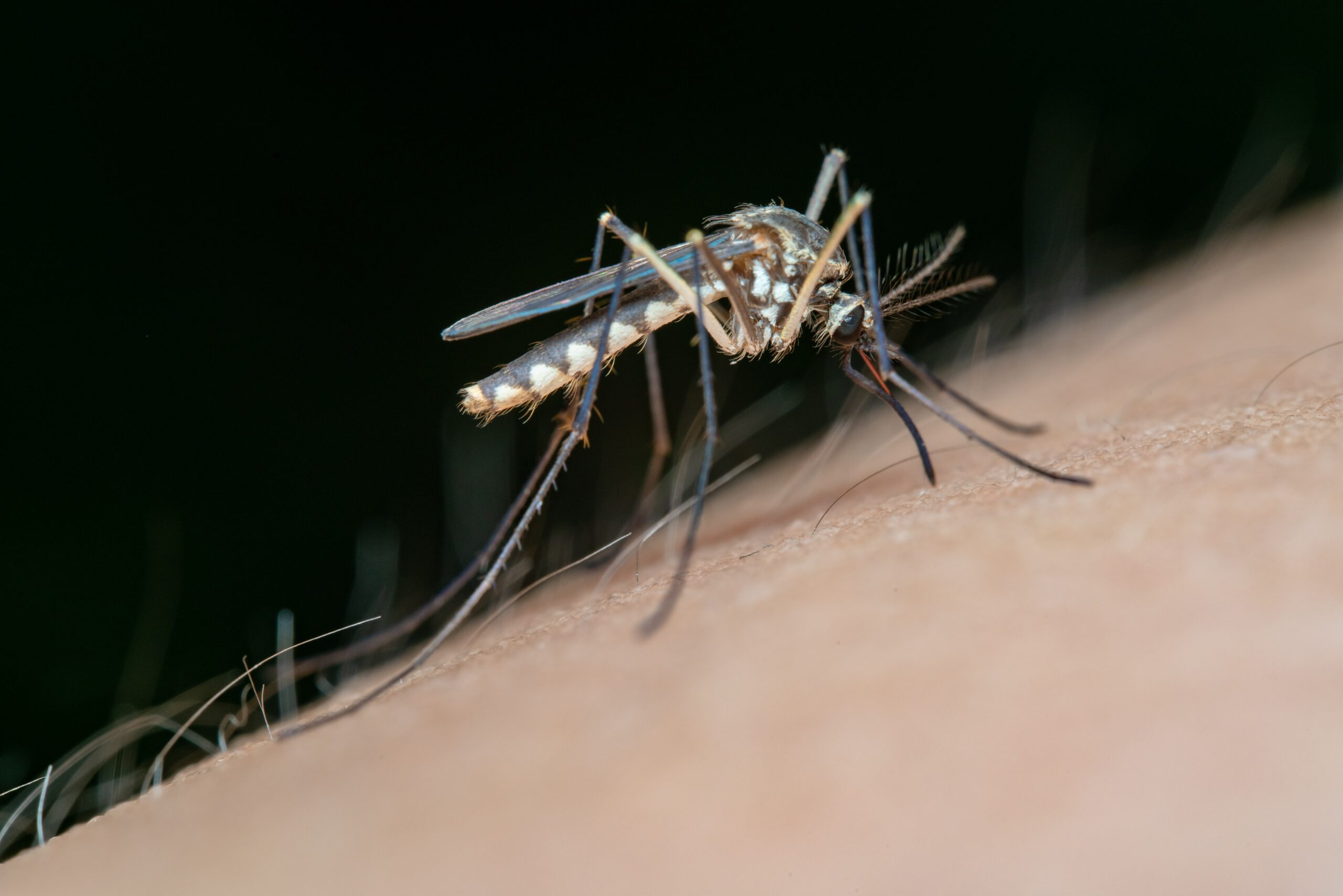The world is yet again encountering the resurgence of the dreaded yellow fever.
Infectious disease experts are on alert and are worried that an outbreak of this virus, transmitted by the Aedes Aegypti mosquitoes, may reach global proportions.
This virus has been a long-standing health concern throughout many parts of the world, and a growing fear is emerging amongst health experts of its potential spread in the USA, notably in the southeastern parts of the country. The Baylor College of Medicine and Stanford School of Medicine encouraged vigilance among the public in a recent article in the New England Journal of Medicine. It also called for prioritizing yellow fever in national pandemic preparedness planning. It is feared the re-emergence could spike infection mortality rates, destabilizing certain regions in the US, in particular Texas and Florida.
What does history have to say?
The late 17th century saw the introduction of yellow fever to America. The next 200 years saw the deadly virus continue to devastate cities, primarily the Gulf Coast and eastern seaports.
The historical backdrop shows that this viral illness transmitted by a species of Haemagogus mosquitoes, ravaged the Mississippi Valley and the South for about a century, from 1820 to 1905. The yellow fever epidemic struck New Orleans in 1853, killing nearly 10% of the city’s population at the time.
Based on the severity of this outbreak from past events, we can gauge a better understanding of contemporary concerns.
Factors keeping scientists awake at night
Despite the availability of an effective vaccine, this virus remains a daunting reminder that this outbreak has the potential to infect a major population of people across the globe due to the ever-expanding web of international travel, which has created a welcoming environment. On the other hand, people with no history of vaccination living in endemic areas, like Africa and Central and South America are likely to contract the disease but also pass it on to others if a mosquito that is not infected bites someone who is. Therefore, the infected mosquito may sting other targets increasing the likelihood of a great number of reported yellow fever cases.
Factors such as climate change, rapid urbanization, lack of public health infrastructure, continuous population growth, and the shifting patterns of human migration are fueling predictions that indicate the number of illnesses and viruses spread by mosquitoes will increase significantly over the next few years.
Dr. Peter D. Hotez, Dean of the National School of Tropical Medicine at Baylor College of Medicine, and fellow researcher Dr. Angelle Desiree LaBeaud of Stanford University went on to explain in their article in The New England Journal of Medicine that the threat is greatest in southeastern parts of the US and is triggered by “extreme poverty throughout Texas and the Gulf Coast states, where inadequate or low-quality housing, absent or broken window screens, and a pervasive dumping of tires in poor neighborhoods” that serve as ideal mosquito breeding grounds.
The phases of yellow fever
Subsequent to the transmission of the virus from a mosquito’s bite, symptoms of the fever may take shape in three to six days. The most common indications of the disease are fever, muscle pain, headache, loss of appetite, and vomiting all of which typically go away in three to four days. According to the World Health Organization, “a small percentage” of individuals transition to a toxic second phase within a day of appearing to recover; they may experience a high fever as well as an attack on the liver and kidneys. Due to intestinal bleeding, black vomit may appear in the later stages. “In this phase, people are likely to develop jaundice (yellowing of the skin and eyes, hence the name yellow fever), dark urine, and abdominal pain with vomiting,” the WHO states. “Bleeding can occur from the mouth, nose, eyes, or stomach. Half of the patients who enter the toxic phase die within 7-10 days”.
Reverse transcription-polymerase chain reaction (RT-PCR) blood tests are used to help determine the presence of the virus or particular antibodies made by the immune system in response to the vaccine, which can be detected in cases of suspected yellow fever.
Treatment and preventative measures
Unfortunately, this viral hemorrhagic disease does not consist of a definite treatment. Nevertheless, there exists a safe and inexpensive vaccine that is incredibly efficient at preventing yellow fever. A single dose of the vaccine is all that is needed to provide lifetime immunity and protection from the disease. The vaccine does not require a booster shot, and for about 90% of those who receive the vaccine effective immunity develops within 10 days. 99% of those vaccinated receive immunity within 30 days. Specialized treatment for fever, dehydration, liver and renal failure leads to better recovery results. Antibiotics can be used to treat bacterial infections that are related, plus good and early supportive treatment in hospitals improves survival rates.
Successful surveillance systems and comprehensive preparedness plans are hard-and-fast measures that must be taken along with early detection and swift containment, which has the ability to make evaluative differences in preventing mass epidemics. Research is the compass that steers our understanding of yellow fever, so developing better vaccines and coming up with creative solutions are investments that are crucial to staying ahead of the game.
Coordinated worldwide reaction
A unified global health response must be taken to limit the cascade of factors that could promote the yellow fever virus. International organizations, governments, and health agencies must consolidate efforts, resources, and expertise to tirelessly monitor and prevent potential outbreaks. If history has taught us anything about global health catastrophes, it is that empowering communities and fostering awareness is at the heart of success. Local populations must be educated on and equipped with the necessary weaponry, such as vaccinations, mosquito control measures, and home remedies to combat these vicious diseases.
(Tashia Bernardus)
